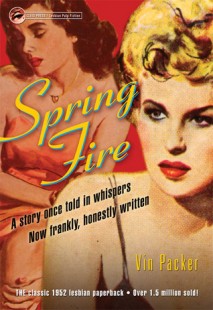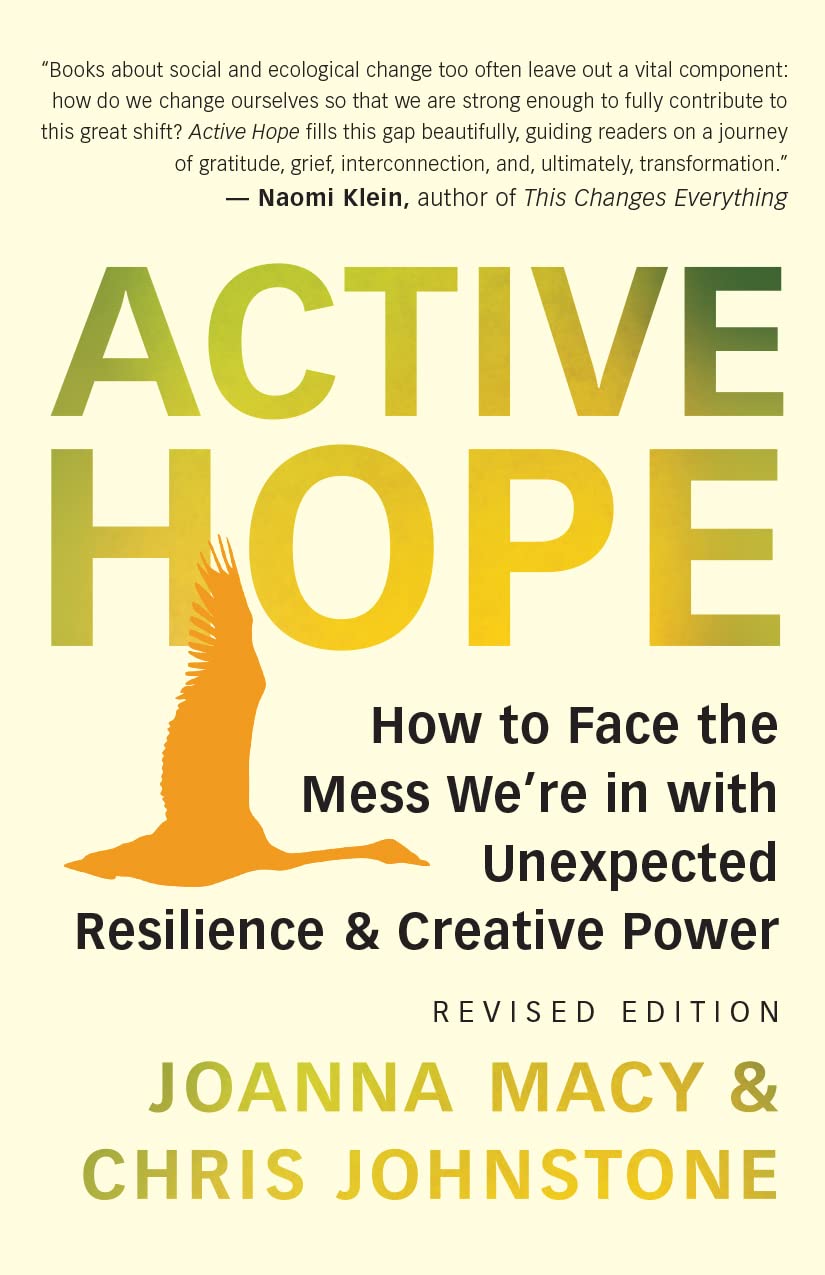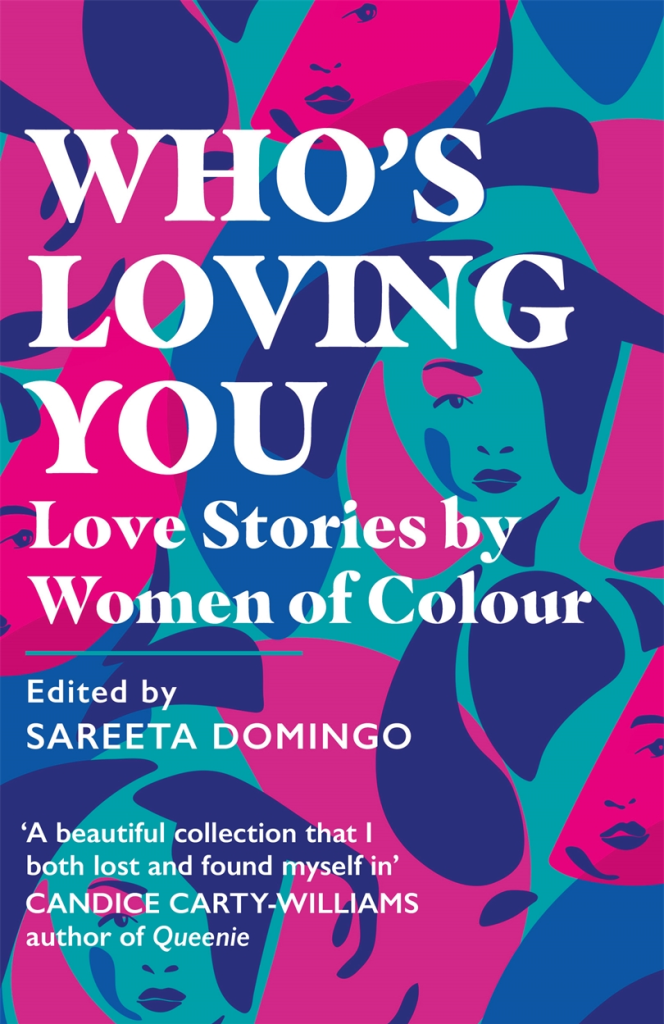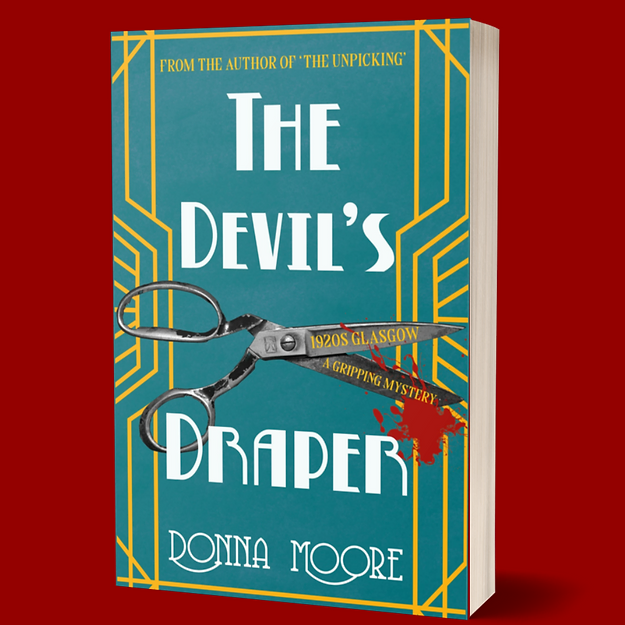 “A story once told in whispers now frankly, honestly written,” says the front cover blurb. Spring Fire, published in 1952, was the first paperback pulp novel to feature a lesbian protagonist. Vin Packer was the pen name of Marijane Meaker, who had just started work at major pulp publisher Gold Medal Books reading books from the ‘slush pile’ when the editor she worked for asked her what sort of book she would like to write. She told him that she would like to write about her experiences at boarding school as a lesbian and he asked her to write an outline for the book. He had two conditions – that the book should be set in college rather than boarding school and that: “you cannot make homosexuality attractive. No happy ending.” [1] Paperback pulp fiction books were sent to distributors – drug stores, bus stations, train stations – through the post and they were subject to the scrutiny of the postal censors. If one failed, the entire shipment was sent back to the publishers.
“A story once told in whispers now frankly, honestly written,” says the front cover blurb. Spring Fire, published in 1952, was the first paperback pulp novel to feature a lesbian protagonist. Vin Packer was the pen name of Marijane Meaker, who had just started work at major pulp publisher Gold Medal Books reading books from the ‘slush pile’ when the editor she worked for asked her what sort of book she would like to write. She told him that she would like to write about her experiences at boarding school as a lesbian and he asked her to write an outline for the book. He had two conditions – that the book should be set in college rather than boarding school and that: “you cannot make homosexuality attractive. No happy ending.” [1] Paperback pulp fiction books were sent to distributors – drug stores, bus stations, train stations – through the post and they were subject to the scrutiny of the postal censors. If one failed, the entire shipment was sent back to the publishers.
Pulp fiction, therefore, had to tread a fine line between excitement and morality. Since homosexuality was still a criminal offence in the 1950s a lesbian story was not allowed to have a happy ending. As a result, in most of the pulp fiction of the time, any lesbian characters died, went ‘mad’, or were shown the error of their ways by the love of a good man and realised that they had been straight all along. Spring Fire was no different, and Packer herself says: “As soon as I became politically conscious, the ending, of course, embarrassed me.”[2] However, she also states that lesbian pulp fiction was important because it was really the first time that lesbians became visible in mainstream culture. In an interview with Bitch Magazine, Packer said:
“Twenty or thirty years ago, when feminism first came in, people were outraged that [such an ending] could be. No one seemed to have a sense of history, of what this meant. It’s important to reprint old books about lesbians, because no one except a lesbian of that time can appreciate the prejudice that existed.”[3]
I’m not going to spoil the ending for you, but from the above, you know what you’re in for. Spring Fire is the tale of a naïve new college student and her relationship with a popular campus beauty and the guilt, passion and secrecy that surround their relationship. When Susan ‘Mitch’ Mitchell goes to college and joins a sorority, she doesn’t really know what to expect. The sorority doesn’t really want her – reports of her state that “she is not beautiful, but she is wholesome and a fine athlete” (p.4) – but her father is a millionaire widower and every room in their home has wall-to-wall carpets, so that makes her a good catch. In case any more incentive is needed, if the sorority lets her in, they might just get the new canteen of silver cutlery they’re after. Yes – they really are that shallow. Most of the characters who are in a sorority or a fraternity do not come across well in the book, and there are some scenes with some of the most unpleasant characters (male and female) that left me feeling really uncomfortable. And – I’ll try and be vague here so that this isn’t a spoiler – rape and sexual assault go unpunished and, in fact, almost celebrated, while being gay comes across as the ultimate sin.
Packer treats her sympathetic characters and their stories sensitively and delicately. The original Gold Medal cover, in the way of much pulp fiction, showed two scantily clad beauties, Certainly, there was enough there to please a reader who wanted a tale of forbidden passion, although it’s pretty tame in today’s terms – the most sensational and shocking scenes are more emotionally hard-hitting. However, Spring Fire was also liberating for many of its readers – women who might have felt confused or alone in their small town – and women who were happy to see their lives represented for once. When the book was published it sold almost 1.5 million copies in its first printing. While some of its readers were men, Packer received boxes and boxes of fan mail from women all over America who were thrilled to read the depiction of a lesbian relationship (despite its ending).
Sixty years on, that ending doesn’t feel right, but part of the experience of reading something written in the past is to try and get a feel for the era it was written in. Spring Fire, despite having to conform to the requirements of the censors, exposes a really ugly side of college life, homophobia, misogyny, classism, greed and selfishness.
Trigger warning: scenes of sexual assault and rape.
[1] Vin Packer, Introduction to Spring Fire (San Francisco: Cleis Press, 2004) p.vi
[2] Vin Packer, Introduction to Spring Fire (San Francisco: Cleis Press, 2004) p.ix
[3] Carolyn Yates, ‘Odd Girl Back In’, Bitch Magazine: Feminist Response to Pop Culture, 58 (2013), pp.33-36 (p.35-36)






